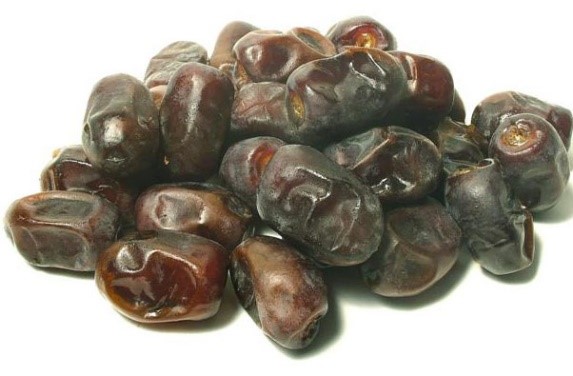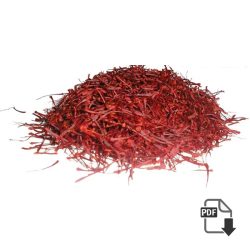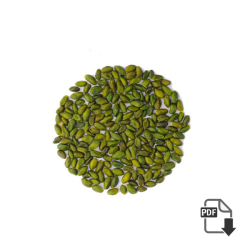Opportunities and Insights
Introduction to Walnut Export to Russia
Walnuts are gaining popularity across the globe for their health benefits and culinary versatility. As one of the largest consumers of nuts, Russia presents a lucrative market for walnut exporters. This article explores the opportunities, challenges, and best practices for exporting walnuts to Russia, providing valuable insights for businesses looking to enter this promising market.Walnut Export to Russia .
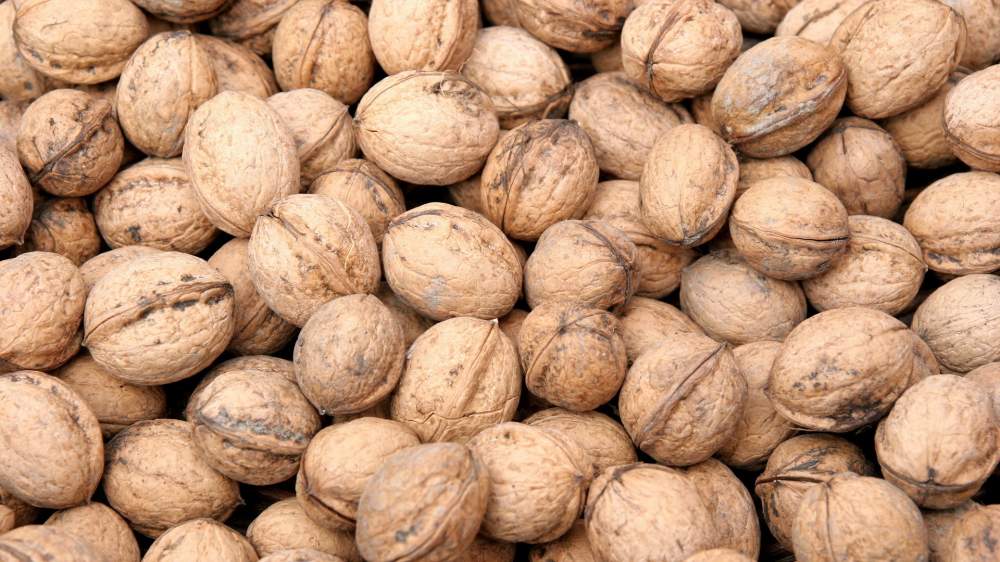
Why Export Walnuts to Russia?
1. Growing Demand for Nuts
The Russian market has witnessed a significant increase in the consumption of nuts, particularly walnuts. Factors contributing to this growth include:
- Health Consciousness: With rising health awareness, more consumers are incorporating walnuts into their diets for their nutritional benefits. Rich in omega-3 fatty acids, antioxidants, and protein, walnuts are a preferred choice for health-focused individuals.
- Diverse Culinary Uses: Walnuts are widely used in various dishes, ranging from traditional Russian recipes to modern culinary innovations. Their versatility makes them a staple ingredient in many households and restaurants.
2. Market Potential
According to recent market reports, the demand for walnuts in Russia is expected to continue growing, driven by trends in healthy eating and the increasing popularity of plant-based diets. This makes it an opportune time for exporters to tap into this expanding market.
https://www.irandriedfruit.com/best-quality-walnuts-for-import/
Key Considerations for Walnut Export to Russia
1. Quality Standards and Certifications
To successfully export walnuts to Russia, adhering to quality standards is crucial. Key considerations include:
- Quality Assurance: Ensure that your walnuts meet international quality standards, including size, appearance, and taste. Conduct thorough inspections and testing for contaminants and moisture content.
- Certifications: Obtaining necessary certifications, such as organic or quality assurance certifications, can enhance your product’s marketability and credibility in Russia.
2. Regulatory Compliance
Understanding and complying with Russian import regulations is essential for a smooth exporting process. Key requirements include:
- Customs Documentation: Ensure that you have all necessary documentation, including a commercial invoice, packing list, and phytosanitary certificate, to facilitate customs clearance.
- Tariffs and Taxes: Familiarize yourself with the applicable tariffs and taxes on walnut imports to Russia, as these can impact your pricing strategy.
Strategies for Successful Walnut Exporting to Russia
1. Market Research and Targeting
Conduct thorough market research to understand the preferences and buying behaviors of Russian consumers. Identify regions with high demand for walnuts and tailor your marketing strategies accordingly. Key factors to consider include:
- Consumer Preferences: Determine the types of walnuts (e.g., English walnuts vs. black walnuts) and product forms (e.g., whole, chopped, or flavored) that are most popular in the market.
- Pricing Strategies: Analyze pricing trends in the Russian walnut market to set competitive prices while ensuring profitability.
2. Building Relationships with Distributors
Establishing strong relationships with local distributors and retailers is vital for successful walnut exporting. Attend trade shows and industry events to network and connect with potential partners. A reliable distribution network can help you reach a wider audience and ensure efficient product delivery.
3. Effective Marketing Strategies
Utilize both traditional and digital marketing strategies to promote your walnuts in Russia. Create an informative website highlighting your products, quality standards, and certifications. Leverage social media and online advertising to increase brand awareness and attract potential buyers.
All Type Of Walnuts
-
Walnut kernel Special wholesale price + analysis + sale offer
Iranian walnut kernel are divided into three grades according to the size, fat contain, color and halves.









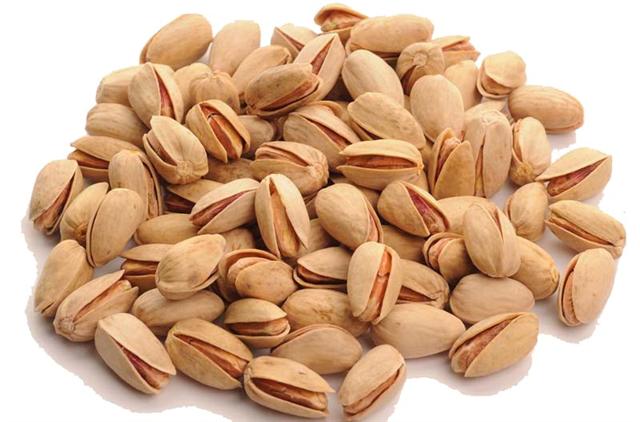
 3 kind raisin
3 kind raisin 